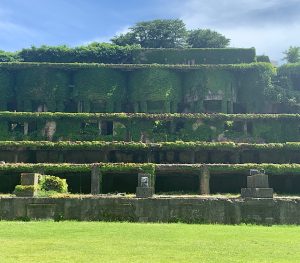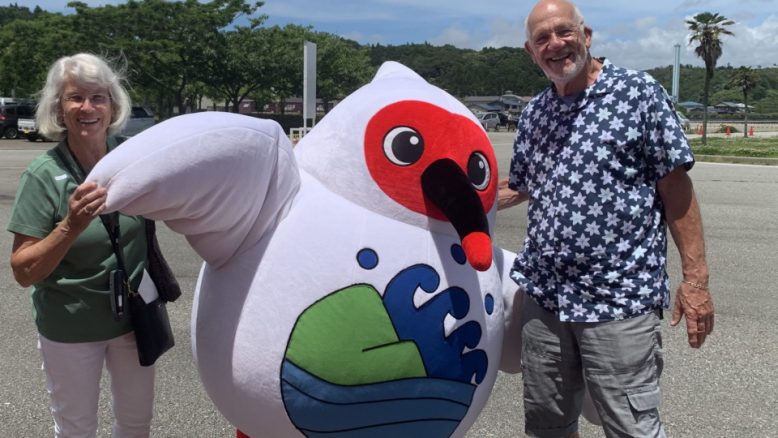The rollicking “Toki” bird mascot speaks of the extreme efforts on Sado Island to ressurect a virtually extinct bird. The current population of in excess of 500 birds (the crested Ibis or Nipponia Nippon) speaks to an ecological commitment to do the right thing. On the other end of the scale, the ruins of a once thriving Gold mining industry, speak of exploitation without concern. The need for gold to fund wars and wars and wars produced a national ethos that elevated national goals above individual rights. There were no signs noting the numbers of miners who died extracting gold.
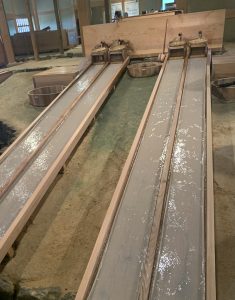
These replicas of the original mechanical sluice boxes speak of a sophisticated mining operation. Yet ironically the remnants of some of what looks like an outhouse betrays the sanitized tourist site. In history there seems to be a perpetual tension between a tourist whitewash and a truth telling. A tension that might as in the case of the Ibis bird have roots in mammon. Or as Ginsberg calls the sacrifice of the next enervation: Moloch. Both are scary powers that demand extreme sacrifices.
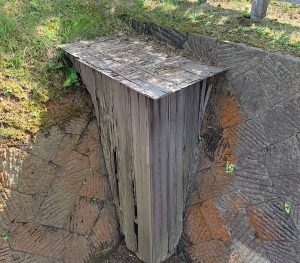
Deep underground in the historical mining shafts the scars and tunnels lead to an emptiness where ore has been extracted. In the shafts the water still drips off the walls. The drops gather in rivulets heading toward the lowest point. The stones and beams still sweating the humble humility.
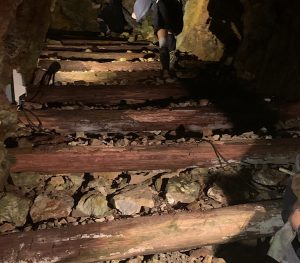
The old gold floating mine tanks have been overgrown by vines. The greenery cascades the hillside leaving a nesting habitat for birds. The vista might benefit a “World Heritage Designation”. Visiting this unmarked graveyard I am drawn home and keep chanting the Robert Burns line about “man’s inhumanity to man.” Maybe Ginsberg and Burns and Jesus knew we were a selfish lot.
